The Census Taker Cometh!

This month’s blog post is about the taking of the census and census taker experiences, a behind-the-scenes look at what it took to undertake a nation-wide headcount.
The Constitution of the United States, Article 1, Section 2 says:
“Representatives and direct Taxes shall be apportioned among the several States which may be included within this Union, according to their respective Numbers, which shall be determined by adding to the whole Number of free Persons, including those bound to Service for a Term of Years, and excluding Indians not taxed, three fifths of all other Persons. The actual Enumeration shall be made within three Years after the first Meeting of the Congress of the United States, and within every subsequent Term of ten Years, in such Manner as they shall by Law direct.”
The US has had a decennial census for apportionment of representatives and for direct taxes since 1790. With the constitutional charge to enumerate the population, instructions came for carrying out the headcount. It was to be a methodical, systematic approach. Instructions to census takers varied with each census. These enumerators were legally responsible for conducting the count and reporting results.
Census Legislation
Through mid-19th century the census was very detailed. It listed questions to be asked and gave detailed instructions to census takers. The Secretary of State was the nominal national head of censuses from 1790-1840 but almost all work for the count was done on state and local levels by federal marshals. The Department of Interior was responsible for census starting in 1850. The lack of national leadership meant census acts had to be very specific; it was the only way the government could assure that marshals would return standardized information. As census operations became more centralized and federalized in late 1800s, legislation relating to the census became less detailed. In 1902 legislation made the Census Office a permanent agency.
Census Takers Wanted; Apply Within
The census has always required a large workforce. From 1790-1870 federal marshals were responsible for collecting census data.. During early censuses, marshals received little training or instruction on how to collect census data. They didn’t even receive printed schedules until 1830, and received limited instruction on their use. An act of March 3, 1879 replaced marshals with specially hired and trained census takers for greater efficiency. Door-to-door censuses were conducted until the Census Bureau began mailing questionnaires to households in 1960.
“Instructions to Enumerators” included congressional acts reviewed by marshals during early censuses and specially-published instructions for taking door-to-door censuses, and guides were used for a limited number of personal interviews conducted during non-response follow-up operations
Why Are There “Mistaiks” in Census Records?
Most census mistakes are simply human error. Census takers risked severe penalties if they disregard confidentiality or deliberately misrepresent data. In fact, Census Bureau employees have always been required to take a nondisclosure oath and are sworn to protect the confidentiality of census data for life. The penalty is a fine of not more than $250,000 or imprisonment for not more than 5 years, or both. Nonetheless, stuff happens. Counting the population has always been the main focus of the federal census, not keeping perfect historical records
Spelling errors were very common, as were copying errors. Each set of census records has a different history of copying. Sometimes the copying process resulted in the county, state, and federal governments holding separate copies, all of which may have had slight variations. Missing or false information is also present. Citizens were sometimes wary of what census taking was for and may disliked answering census questions. Also, misunderstanding may also have arisen from language barriers between the census taker and the person being interviewed. Especially in older censuses, people responding may also not have had the precise answers for some questions.
1790
In 1790, 650 assistants took the first census. Secretary of State Thomas Jefferson, acting under the authority of President George Washington, sent marshals within each state copies of the census act and the questions they were required to ask. The marshals then incorporated inquiries into ‘‘schedules’’ of their own design on whatever paper they could get hold of.
1800-1840
Marshal training was minimal at best. All marshals were supposed to receive regulations, instructions, and forms, but the first pre-printed forms were not available until the 1830 census.
According to the 1820 census instructions, marshals and assistants were appointed for several districts. Congress required every marshal and assistant to make oath or affirmation for faithful performance before a district judge or justice of peace. Blank forms of those oaths were issued to marshals and assistants to complete, which obligated them to send in returns within the period prescribed by the law. After completing his work every assistant had to make a second oath or affirmation that he had faithfully performed his duties. For the public’s security, evidence showing that oaths were taken were preserved, so one copy of each went to the Secretary of State to serve as vouchers necessary to settle accounts.
Failure on the part of the assistant to make the returns, or worse, to make false returns, resulted in a hefty fine. Before turning over returns, assistant marshals had to deposit a signed copy of the schedules “to be set up at two of the most public places” within his division for the inspection “of all concerned” for an unspecified amount of time. Non-compliance resulted in forfeiture of pay. Marshals in turn were required to file assistants’ returns “with the clerks of their respective district courts.” They were fined $800 for failing to file assistants’ returns with district court clerks or for failing to return aggregate enumerations of each district to the President within allotted time.
Marshals were to be judicious in selecting assistants. Duties required assiduous industry, active intelligence, pure integrity, great facility, and accuracy of computation. They also required intimate knowledge of the division allotted to them and the ability to discern between the different classes of persons so their societal conditions could be properly assigned. Assistants had to be residents of the county or city for which they were appointed, no matter how many towns, townships, wards, hundreds, or parishes it contained, and boundaries had to be made clear to assistants so they wouldn’t interfere with each other.
1850
Prior to 1850, census-taking instructions had been actual Acts of Congress. 1850 was the first time that concerns were discussed publicly regarding the nature of census takers. Congress and the Secretaries of State had not expressed any concern regarding the effectiveness of marshals and assistants, but by 1850, training and supervision of marshals and their assistants by the new census office in Washington took a decided turn for the better. Ensuing efforts to reform census-taking machinery at the Seventh (1850) through Ninth (1870) Censuses laid the groundwork for major reform at Tenth Census.
After 1850, instructions were no longer Acts of Congress. First, marshals and assistants received informational circulars explaining each inquiry in addition to written enumeration instructions. Second, personal correspondence with the Interior office provided marshals and assistant marshals had been done with a minimum of training and oversight; now, assistant marshals were required to report their progress the marshal regularly once every two weeks. Supervisory innovations remained the high point of enumerator training and oversight for another twenty-five years.
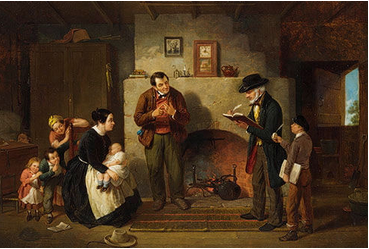
1850 Instructions
Instructions for approximately 3,200 U.S. marshals were provided instructions for enumerating from a May 23, 1850 act authorizing the 1850 census. The marshal had to separate his district into subdivisions containing not less than 20,000 persons. He was to appoint an assistant and provide him with blanks and instructions from the Interior Department. He was forbidden to secure a fee, reward, or compensation from an assistant; the penalty for doing so was conviction of a misdemeanor and fine of $1000 or more. The marshal could also appoint a deputy to act on his behalf.
If the population in an area exceeded one million, the marshal was entitled to compensation of one dollar for each thousand persons. If less than one million, the rate was $1.25 for each thousand persons. Each assistant was to make returns within one month after the time specified for completion. He had to furnish original census returns to the clerk of the county court and two copies to the marshal. The assistant fee was two cents per head and ten cents per mile. An assistant refusing to do duty to be fined $500; for falsifying information, he was to be fined not more than $5000 and get two years in prison. The public was also held responsible; all residents who refused to co-operate with census takers were to be fined $30.
1860
Approximately 4,400 U.S. marshals and their assistants conducted the 1860 census. At all times they had to carry a thirty-five-page pamphlet of instructions. Marshals had to re-enumerate if evidence showed carelessness or recording of erroneous information. One set of returns had to go to the Census Office. To avoid error, or misapprehension, entries were supposed to be read back to the person answering the questions and corrected if necessary. Marshals and assistants were supposed to be civil and polite to secure the public’s confidence and good will, and to maintain confidentiality. The families of Indians who renounced tribal rule, and who exercised the rights of citizens, were also to be enumerated. Social statistics were first collected in 1850; for example, they gave an account of the number and kind of libraries and number of volumes contained therein, including private libraries with over 1,000 volumes.
1870: A Kinder, Gentler Census
Because slavery had been abolished after the Civil War in 1865, collection of slave data ceased. For the 1870 census, 6,500 marshals were appointed. They and their assistants were given detailed twenty-eight-page instruction booklets that required a more “gentle” approach to census taking. Assistant marshals had to show as little authority as possible and approach every individual in a conciliatory manner. They were to respect the prejudices of all and adapt inquiries so foreigners and persons of limited education could understand them. Anyone with an overbearing disposition was automatically disqualified as a potential marshal, as this person had to strive in every way to appear unobtrusive.
Personal property was not be reported when its value was under $100. For the column dealing with “Deaf and dumb, blind, insane, or idiotic,” “great care will be taken to secure completeness and avoid giving offense.” Marshals were to record total blindness and undoubted insanity only, and deafness without loss of speech was not to be reported. “The fact of idiocy,” the instructions read, “will be better determined by common consent of neighborhood, than by attempting to apply any scientific measure to weakness of mind or will.”

But There Were Problems
Unsatisfactory returns from the 1870 census caused Census Superintendent Francis A. Walker to “expose, with unsparing hand” the “barbarous” and “grossly defective” census of 1870. Many southern enumerators in 1870 “did not go out into the country and visit the homes of the people to make the enumeration, but made the count as people came into the towns to market or to court or muster.” Walker found four serious problems with the enumeration procedure:
- Supervision by marshals
- Formation of subdivisions
- Appointment of assistants
- Compensation of assistant marshals
Walker said it was time to amend the 1850 census law. “It will be utterly impossible to take a respectable census under the old law. We have outgrown it. We may as well clothe ourselves in the garments that we wore when we were small boys, and appear in them in public and consider ourselves well dressed, as to go on with the old methods and the old schedules which did very well in their time.”
1880
By the time of the 1880 census, major changes occurred. Women were allowed to be enumerators. Marshals were to be chosen based on aptness, neatness, and accuracy in writing and in use of figures. Selection was also based on marshals being active and energetic young men. Professions fitting this profile were township assessors and local officers, postmasters, doctors, and teachers. However, problems existed with the marshals themselves. They could divide up territory and assign districts to assistants which could not possibly be legally canvassed in compliance with law in the prescribed time, so that the count was unduly stretched out. Also, work was let out to unauthorized parties. The Census Office had no power to prevent this or to veto enumerator appointments. All it could do was express “its entire disapprobation” at the appointment of southern enumerators in 1870 “whose appointment was disgraceful to the government and detrimental to the service,” leading to “mischievous and even scandalous results.”
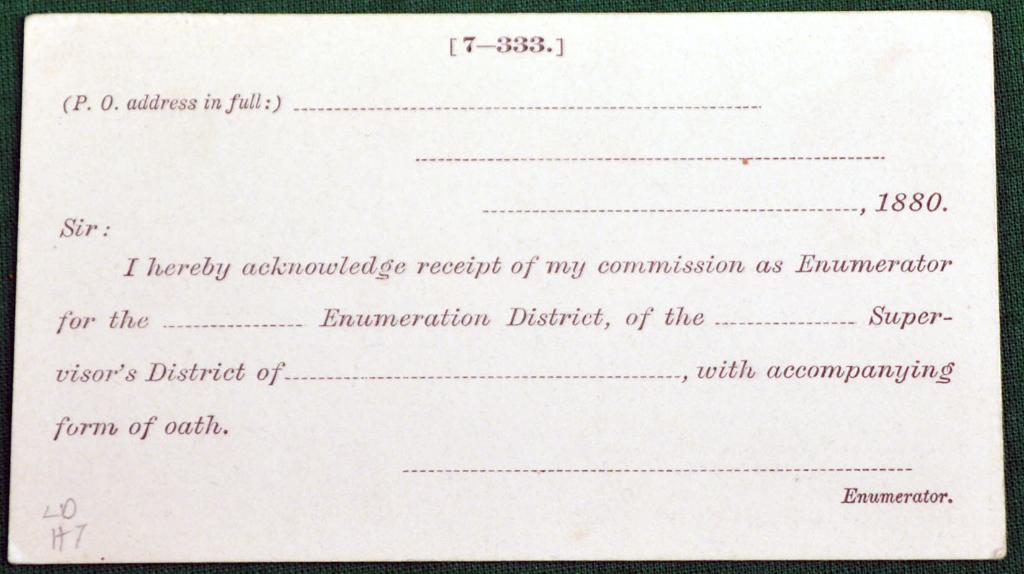
Because of these issues, new positions were created. A census act of March 3, 1879 required specially-appointed supervisors to replace judicial marshals to direct census-taking below the national level. There were three justifications for this:
- Burden of work was too great to be adequately performed by officials already “crowded to the limits of their time and strength by prior official duties“
- New officials would be under direct control of Census office and Department of Interior, while marshals were answerable to the Justice Department
- Supervisors could be selected whose qualifications were well-suited to particular requirements of administering census
Ethics was also an issue for supervisors. Qualifications and character supervisors had important effect on the quality of the 1880 enumeration because they were completely in charge of enumerators, including correcting their work. The greatest concern was whether partisan loyalties would lead officials to falsify returns to affect apportionment, swelling the count in areas where their parties held sway and purging the rolls elsewhere. This bothered Congress so much so that it passed provisions in the 1879 census law limiting partisan influence.
In practice, however, political considerations factored heavily in the selection of census supervisors. In Philadelphia, a supervisor who replaced his incompetent predecessor a week before the census and “was obliged to build the whole service from the ground up,” found help from prominent volunteers. The last-minute replacement of a Louisville supervisor who had resigned had a less satisfactory outcome. That supervisor was “compelled to begin the work of enumerating without time to familiarize himself with the division of work in the city and without co-operation, suggestion, or advice.” Results of the Louisville census evoked such dissatisfaction that city’s board of trade employed statistician to oversee re-enumeration of one ward and petitioned Census Superintendent Walker for a general recount.
Enumerator Etiquette
How census takers presented themselves to the public was still a primary concern. It was their duty to visit houses and question residents and use great courtesy and consideration. No rude peremptory, or overbearing demeanors were allowed; an enumerator could be prompt, rapid, and decisive in his job without antagonizing or offending. If the enumerator maintained a good attitude, he was more likely to meet with a favorable and even cordial response. Even newspapers commonly included pleas for full public cooperation. Most of them even encouraged people to prepare by writing down their answers in advance. Positive public relations campaigns by city papers voluntarily can partly explain why resistance was rare. As a result, supervisors were to thank newspapers for publicizing and stressing the importance of census taking and encouraging participation. Papers also advertised in three public places that the enumerator would be at the courthouse for five days after the census to take citizen corrections.
1890
Instructions for the 1890 census were forty-six pages long. Civil service reformers in the late nineteenth century wanted the majority of census positions to come under new civil service legislation. They wanted clerks, supervisors, and enumerators to take competitive examinations as a prerequisite to hiring, staunchly arguing that as long as the census remained under the control of the spoils system it would be enumerated by incompetents, biased, and hopelessly inaccurate.

1900
By 1900, the process of enumerator selection significantly improved with the innovation of enumerator exams, which were more or less a compromise with civil service reformers. Three hundred thousand persons filled out applications and test schedules for 53,173 positions, and one-sixth were rejected after testing. Applicants had to submit an application and “evidence of the capacity . . . to perform the duties contemplated” in the form of a test schedule, “writ[ten] out in full.” The test schedule was simply an exact copy of the population schedule mailed to each candidate and “filled out in hypothetical manner.” In privacy of their own homes, hopefuls filled out the sample schedule using family data presented in narrative form. Candidates returned test schedules to respective supervisors with certification that nobody helped them fill it out.
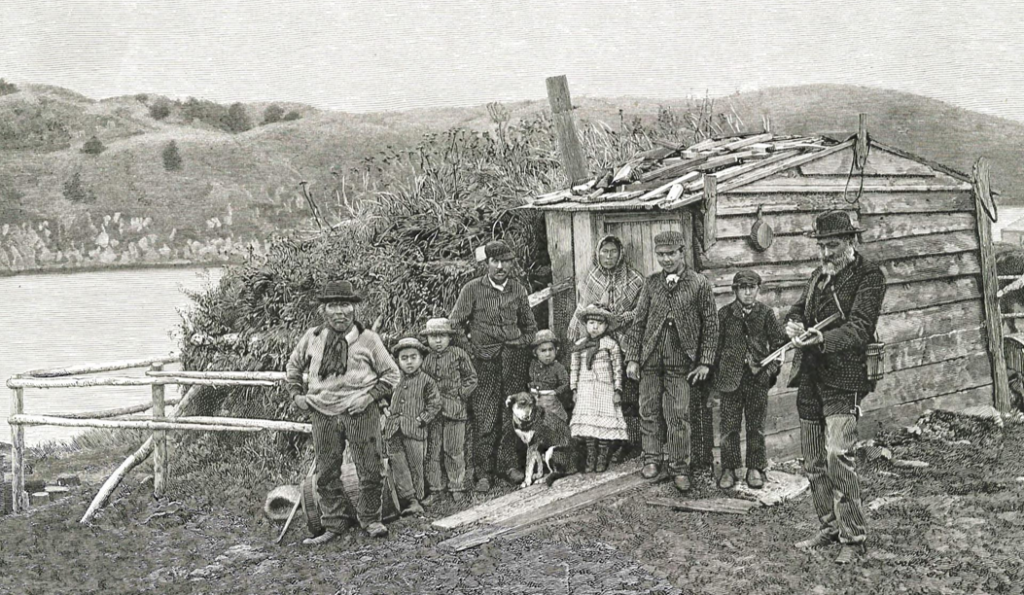
Selected enumerators received a fifty-one-page instruction booklet from Washington through their supervisors. The booklet delineated everything from general instructions (census act, care of schedules, enumerator’s rights use of telegraph) to special instructions regarding schedules of population, agriculture, and manufactures. Street books were an important innovation in enumerator oversight and used in later counts. They facilitated the organization and completeness of canvassing on the enumerator’s part. They were compiled by using insurance maps for larger cities in which the book was used. It also enabled the enumerator in each city district to make a record of houses and buildings visited each day, the number of families and persons found in each house and building, the date visited, and if nobody was found, to enable him to indicate that nobody was there. This process made it easier for supervisors to verify completeness of the canvass.
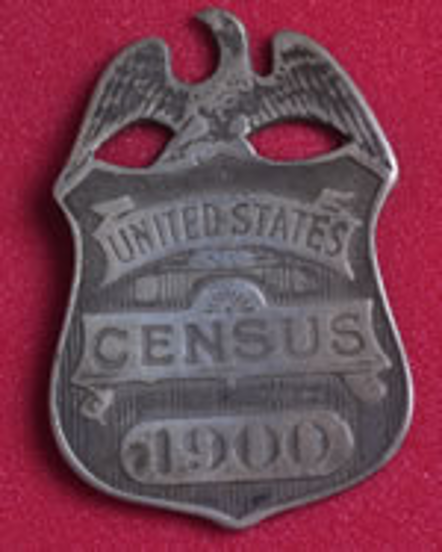
very similar.
1910
The process for enumerator section was similar to that of 1900 for over 71,000 enumerators. Instructions were sixty-six pages, but prospective enumerators were not allowed to fill out the test schedule without supervision Census officials were highly suspicious that many of them had received substantial assistance. Anyone wishing to be considered for an enumerator post had to take a proctored examination in public building, usually a schoolhouse, and tests were held two or three times during a day for several days. Non-testable qualifications to be considered by the supervisor included age, sex, character, habits, and “standing in the community.”
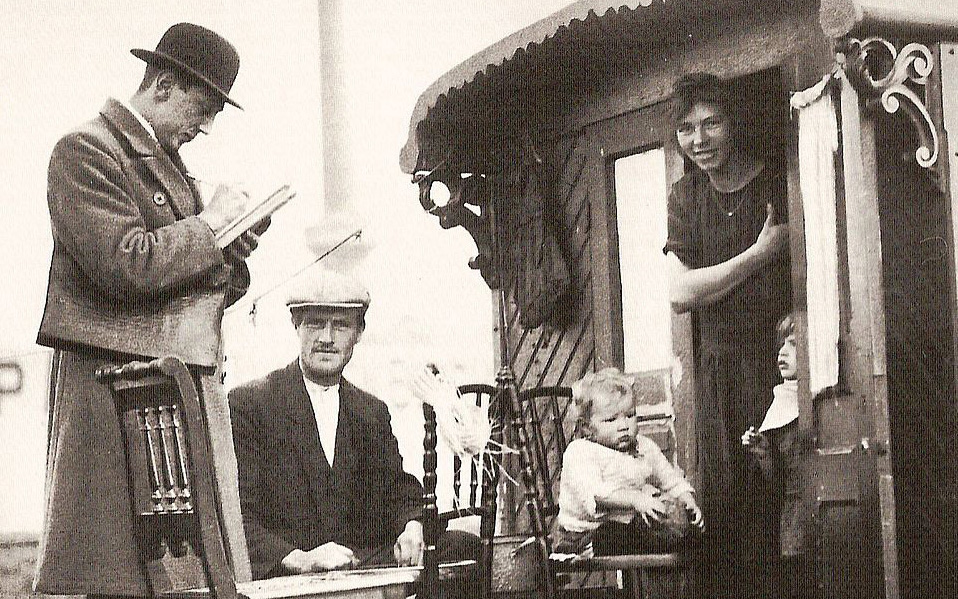
1920
Instructions for the 1920 census were thirty pages, less than half of those given in 1910. Supervisors now had to be appointed by the Secretary of Commerce upon recommendation of the Director of the Census. Supervisors received a specific set of detailed instructions (a seven-page Bureau publication) regarding the examination and correction of schedules. Under this arrangement the Director of the Census had more control over the supervisors and thus obtained better overall results. Whenever possible, encouragement to apply and special preference in hiring was given to “honorably discharged soldiers, sailors, or marines who have seen service overseas, and whose test papers indicated that they are capable of doing the work.”
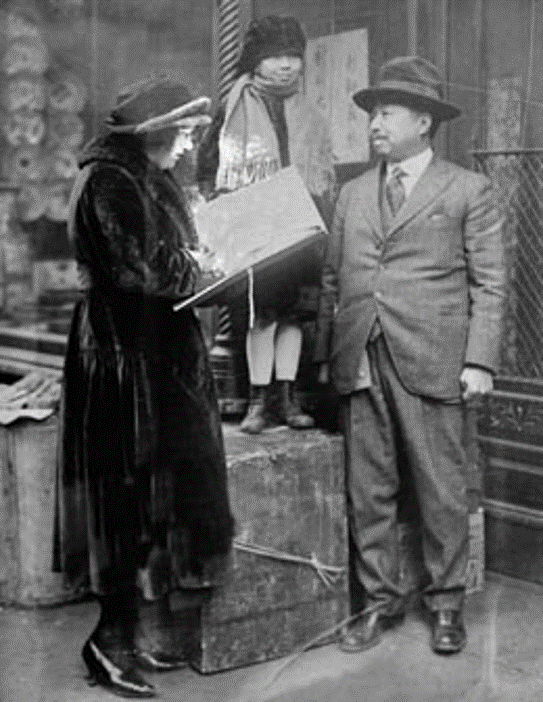
1930
The solicitation and application processes for the 1930 census were unchanged from 1920. Instructions were fifty-one pages. However, difficulty in obtaining qualified persons to apply for enumerator post was still an issue. Supervisors in districts where number of applications were inadequate to fill the number of posts were responsible for actively recruiting persons to apply.

1940
The 1940 census significantly expanded oversight by expanding hierarchy. Supervisors and enumerators were inundated with forms, instructions, memoranda supplements, guidebooks, and manuals. Instructions were eighty-eight pages for population and agricultural questions. Workshops, training seminars, practice exercises, constant correspondence were seen at all levels and included training films, filmstrips, and other audiovisual aids
Enumerators reported activities such as being chased by animals (including a baby lion named Simba); serving as the witness to a wedding; scaling a ladder to reach housebound residents; and having a goat eat their census forms. One census taker even found herself caught in the middle of a manhunt for an escaped prisoner! The police provided her a bloodhound escort as she completed her duties. Despite the headaches, most census takers remained resolute and got the job done.
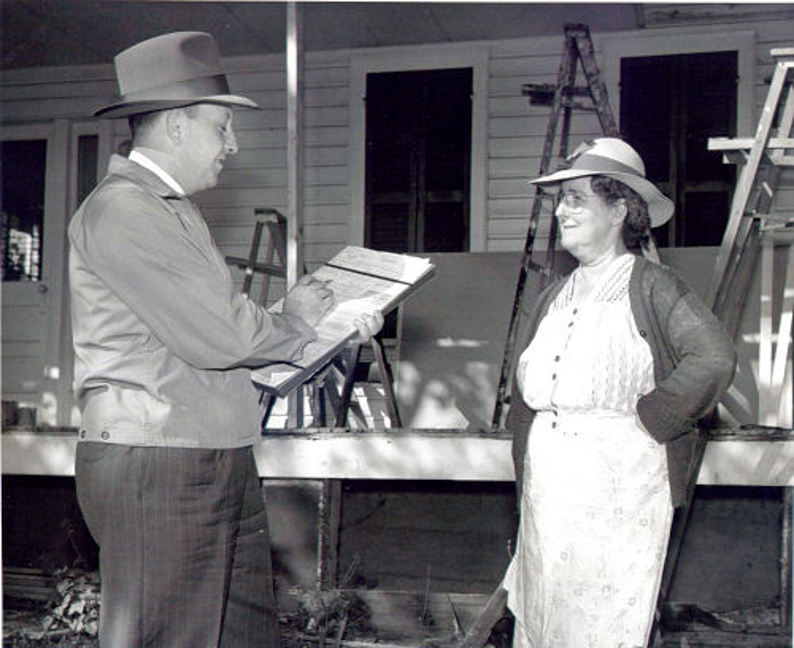
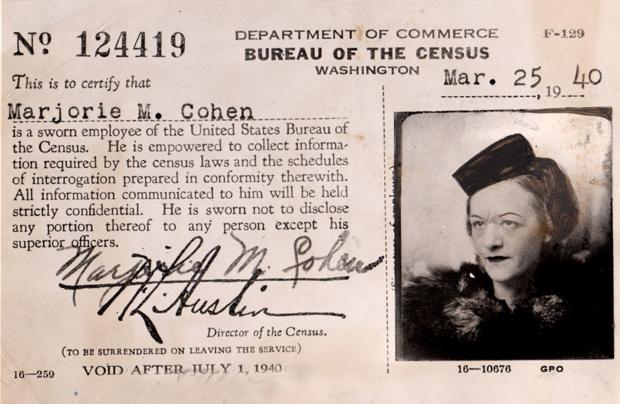
enumerator is female, the card retains the male pronoun.
We complain about misspellings, missing information, inaccuracies, and atrocious handwriting, but without the gutsy efforts of census takers, many of our ancestors might have been lost in the mists of time. As one official mused, “[Statistics] may be dry when they finally arrive in Washington, but they are anything but that in the process of gathering.”
So next time you use a census record, pause and take note of the enumerator’s name scribbled at the top of the page, and say THANKS!
Where To Find Enumerator Instructions
If you want to learn more about what those intrepid enumerators did, check out Decennial Census of Population and Housing Questionnaires & Instructions and History of Enumeration Procedures, 1790-1940.




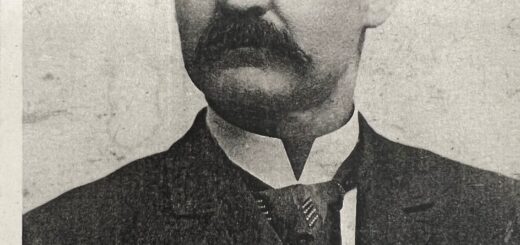

Recent Comments